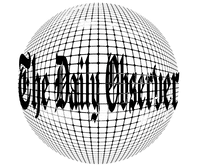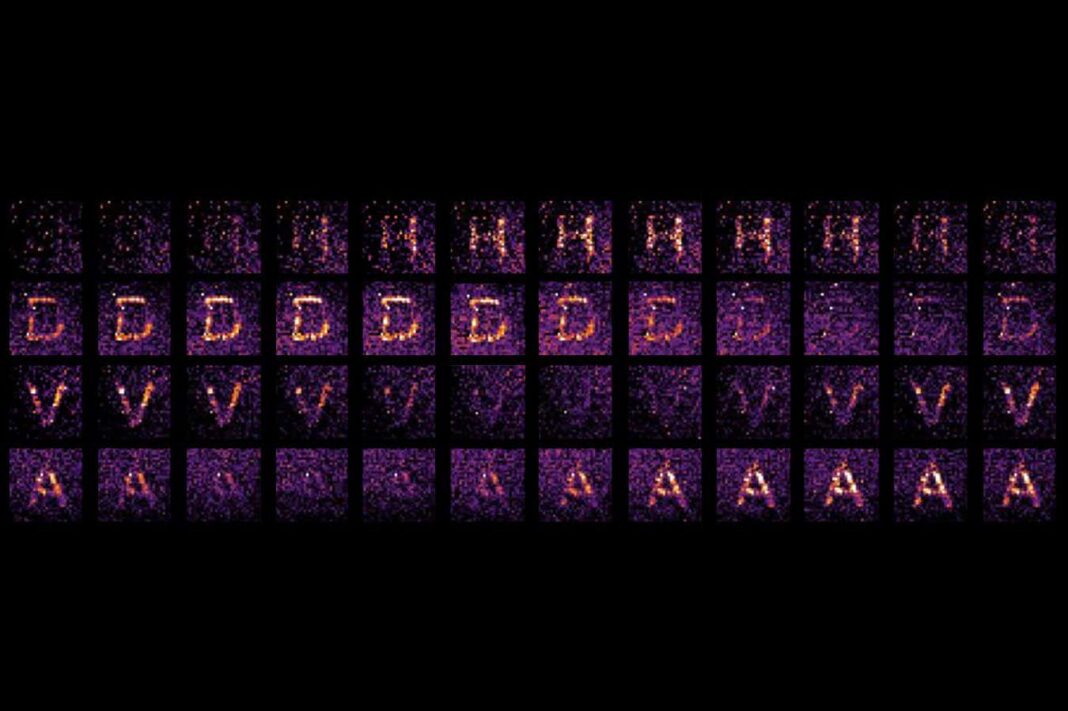The Daily Observer London Desk: Reporter- John Furner
Polarised light can make messages encoded in a quantum hologram disappear
Hong Liang, Wai Chun Wong, Tailin An, Jensen Li 2024
A quantum disappearing act could make it possible to embed secure messages in holograms and selectively erase parts of them even after they have been sent.
Quantum light signals are inherently secure information carriers, as intercepting their messages destroys fragile quantum states that encode them. To take advantage of this without having to use bulky devices, Jensen Li at the University of Exeter in the UK and his colleagues used a metasurface, a 2D material engineered to have special properties, to create quantum holograms.
Holograms encode complex information that can be recovered when illuminated – for instance, a 2D holographic paper card reveals 3D images when light falls on it at the right angle. To make a quantum hologram, the researchers encoded information into a quantum state of a particle of light, or photon.
First, they used a laser to make a special crystal emit two photons that were inextricably linked through quantum entanglement. The photons travelled on separate paths, with only one encountering the metasurface along the way. Thousands of tiny components on the metasurface, like nano-sized ridges, changed the photon’s quantum state in a pre-programmed way, encoding a holographic image into it.
The partner photon encountered a polarised filter, which controlled which parts of the hologram were revealed – and which disappeared. The first photon’s state was a superposition of holograms, so it simultaneously contained many possible variations of the message. Because the photons were entangled, polarising the second one affected the image the other created when hitting a camera. For instance, the test hologram contained the letters H, D, V and A, but adding a filter for horizontally polarised light erased the letter H from the final image.
Li says the metasurface could be used to encode more complicated information into the photons, for example as part of a quantum cryptography protocol. He presented the work at the SPIE Optics + Photonics conference in San Diego, California, on 21 August.
“Everybody’s dream is to see all this quantum technology that spreads out over many square metres on a table to be compact enough to sit in your smartphone. Metasurfaces seem to be a good way to go [about that],” says Andrew Forbes at the University of the Witwatersrand in South Africa. Quantum holograms like those in the new experiment could also be used for imaging tiny biological structures in medicine, which is a rapidly expanding field, he says.



